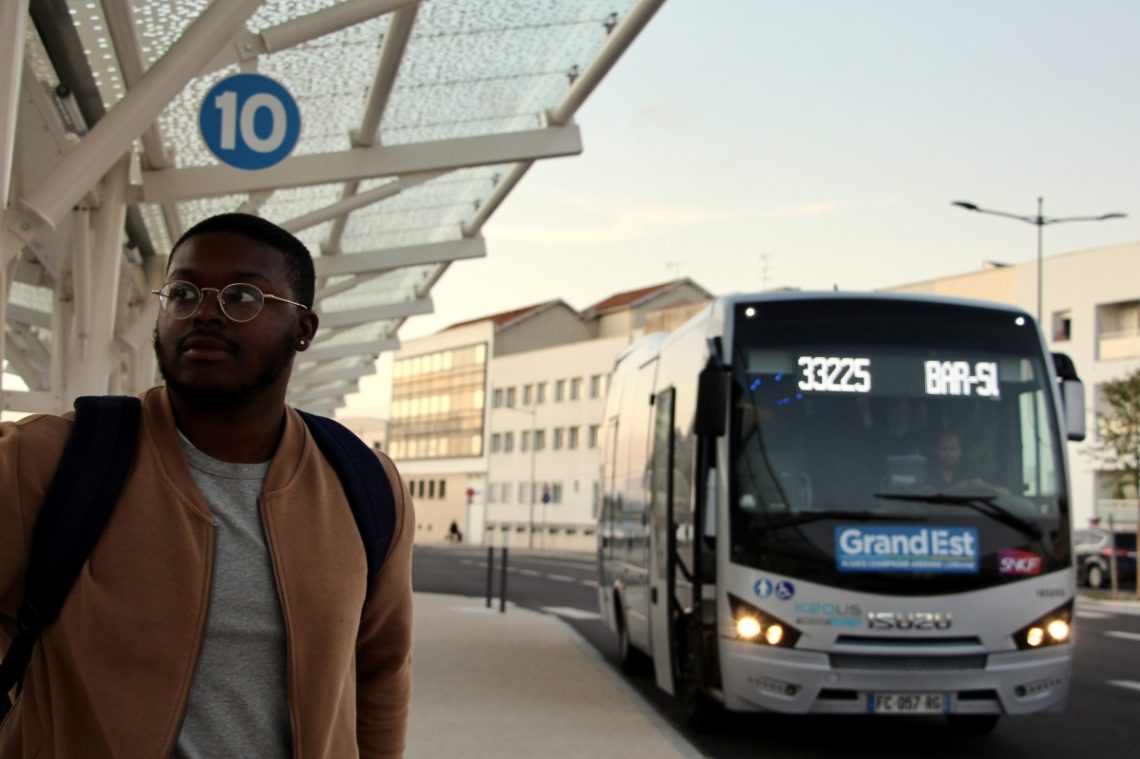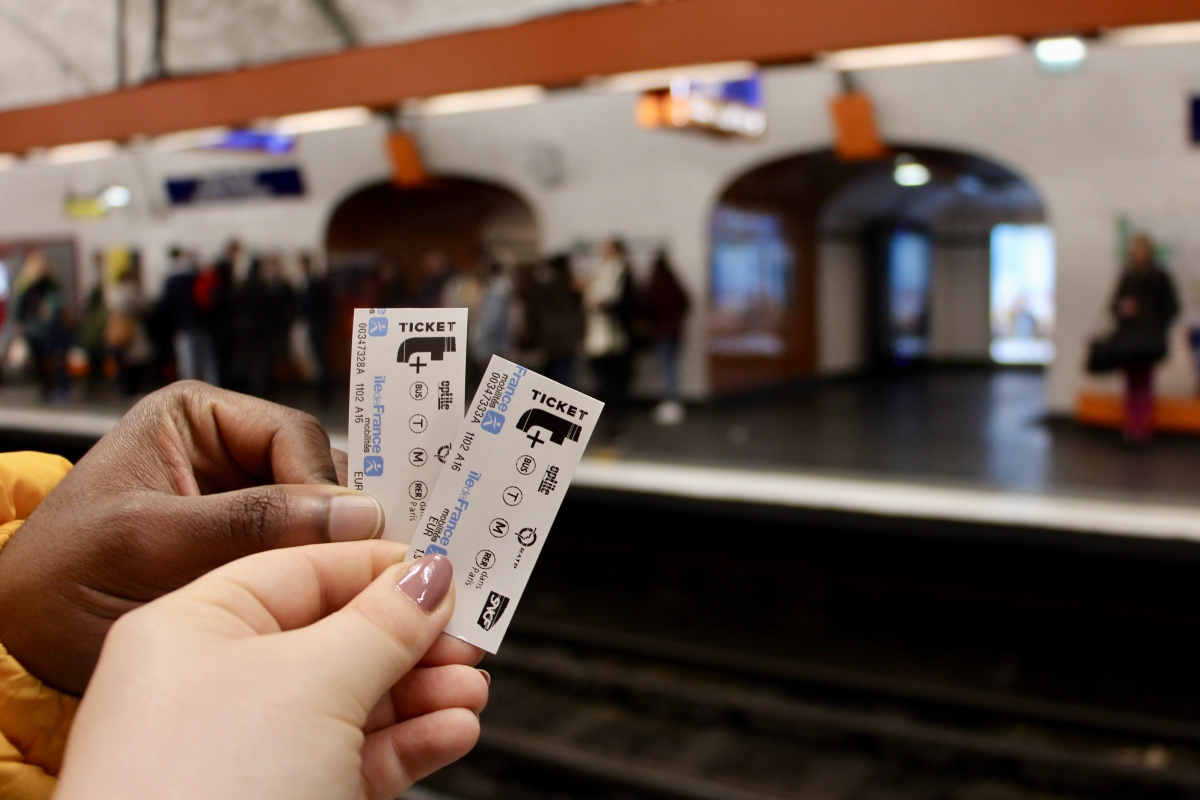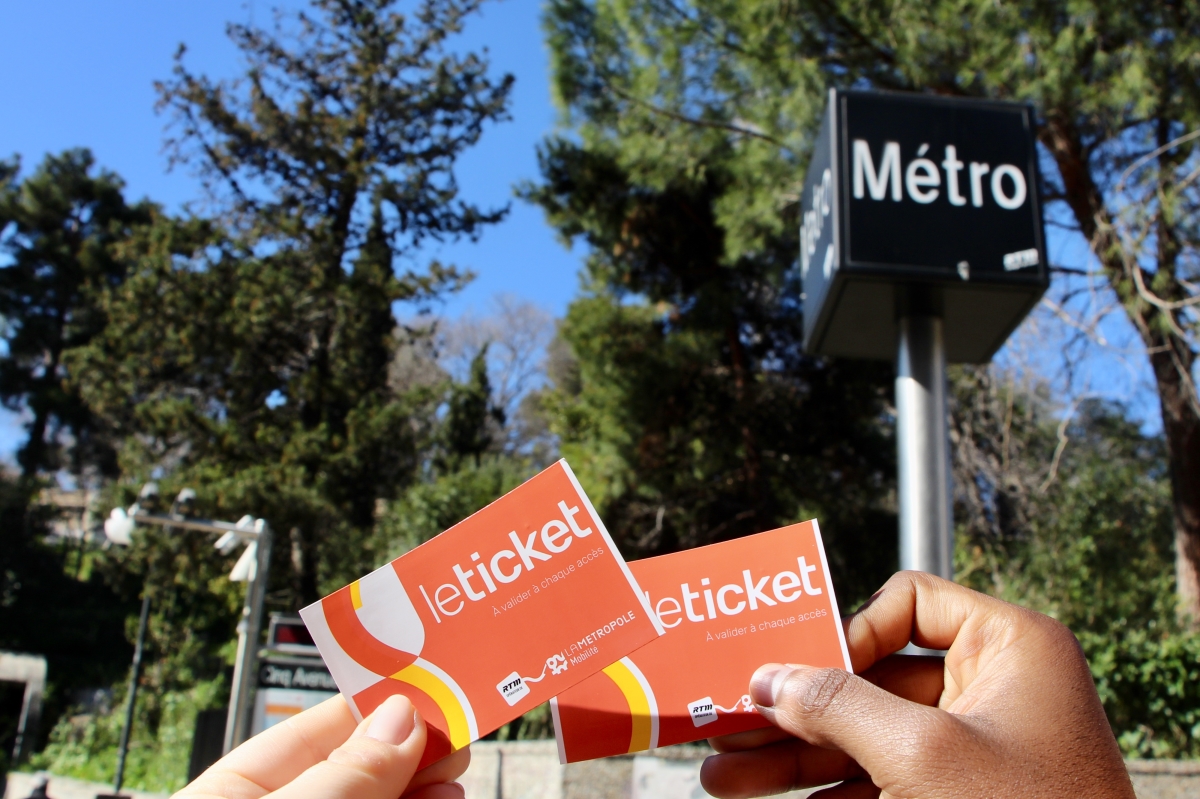
Life in France without a Car
When Jalen and I arrived in France in September 2019, we were faced with the reality of no longer having personal vehicles at our disposal. As such, we worried about the inconvenience of relying fully on public transit. Growing up in the suburbs, public transportation had simply never been a part of our lives. We didn’t live without public transit by choice – it was by and large non-existent where we resided.
Though we took the Fred Bus a few times our freshman year in college, we brought our cars to campus our sophomore year and never thought about taking the bus again. Taking the train was a pricey novelty reserved for trips far away from home, and we never had a subway system near us to use regularly. As far as we were concerned, driving a car was the fastest and easiest way to get from point A to point B, which just isn’t an option for us during our year with the Teaching Assistant Program in France (TAPIF).
To our delight, we immediately fell in love with life without cars in France. In fact, we were pleasantly surprised at how quickly our mindset evolved to conform to our new lifestyle. I memorized the stops along my bus route, Jalen can recite the train station announcements word-for-word, and neither of us bat an eye at an hour-long walk. We have come to realize that we much prefer life in a place where public transit is comprehensive, and cities are walkable. Besides being more cost-effective than driving our own cars, public transportation is a safer way to travel, shrinks our carbon footprint, and reduces overall road congestion. In short, what we thought would be an inconvenience was actually an improvement in lives; France’s widespread use of buses, trams, trains, and métros has made us into public transportation enthusiasts.
If you’re participating in TAPIF, we highly encourage you to get acquainted with the local public transportation options. Even smaller towns sometimes have a bus system, and monthly subscriptions are often cheap – especially for people under the age of 26. Taking advantage of public transit during your year in France will give you the independence to travel – near and far – without relying on anyone else for a ride. During our stay in France thus far, we have used many modes of transportation besides driving our own cars.
Walking
We definitely walk much more than we ever did living in Virginia. We regularly walk downtown in Troyes, to the grocery store, and to bus stops and train stations. I also walk to work at my middle school two days a week. Since moving to France, we have increased our average step count by thousands of steps every day!
TCAT
Transports en Commun de l’Agglomération Troyenne (TCAT) is our local bus system in Troyes. I use the bus consistently to travel to and from my high school three days a week. Jalen and I also take the bus to various places in the city, including the outlet mall.
SNCF
Société Nationale des Chemins de fer Français (SNCF) is the national rail network in France. Jalen takes a train to work four days a week and occasionally uses the SNCF buses when a train is unavailable. Jalen and I often take trains to travel longer distances, like when we visited Clermont-Ferrand, Caen, Marseille, and Paris.
BlaBlaBus
BlaBlaBus is a long-distance, budget-friendly bus network in France. Jalen and I used BlaBlaBus once in a pinch to return home when our train was cancelled due to the grèves (strikes) and we enjoyed our experience.
BlaBlaCar
BlaBlaCar is a carpooling app that allows people making a drive anywhere to offer others a place in their car. While BlaBlaCar isn’t our first choice when looking for transport, we had to carpool once to complete our OFII appointments and once to replace a train cancelled due to the grèves (strikes).
BlaBlaLines
BlaBlaLines is a carpooling app that allows people making a commute to work to offer others a place in their car. During the two months of grèves (strikes) this school year, Jalen often had to use BlaBlaLines to get a ride to work because trains and buses weren’t an option.
FlixBus
FlixBus is a long-distance, budget-friendly bus network in France. We have used FlixBus a number of times, usually to travel between Troyes and Paris, and have enjoyed every experience.
Trams
Though we frequent trams much less often, we have traveled on the tram in both Reims and Marseille. Jalen and I especially enjoy trams because they often take passengers straight through the city without having to sit in traffic like buses do – and we also think they look really cool!
Métro
The métro is another mode of transportation that we don’t regularly use, but we have traveled via métro in Paris and in Marseille. Though métros get a bad rap for being unsanitary and distasteful, Jalen and I enjoy their efficiency and find that the métros aren’t much dirtier than the cities above them!


Thanks to our time living in Troyes, Jalen and I have come to appreciate the benefits of ample public transit. Wherever you live, we hope that reading this will inspire you to support public transportation in any way that you can! As always, leave us a comment if you have any questions or would like to know more.

Budgeting For Our Year With TAPIF
You May Also Like

Six Ways Our Expat Life in France is Eco-Friendly and Sustainable
December 16, 2020
Discover Moklair: A New Specialty Coffeeshop in Reims, France
April 20, 2022

2 Comments
KJ
Thankful to have ENJOYED my first metro experience with you both! This post is very informative. I do wish more transit options were available to our location. It is certainly the way to GO!
Jalen & Maria
What an experience it was! Thanks for reading.